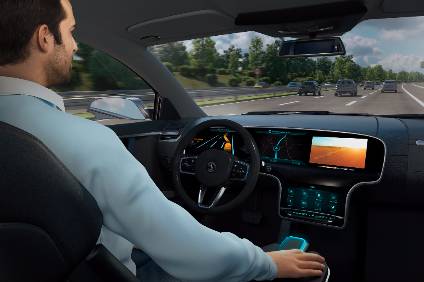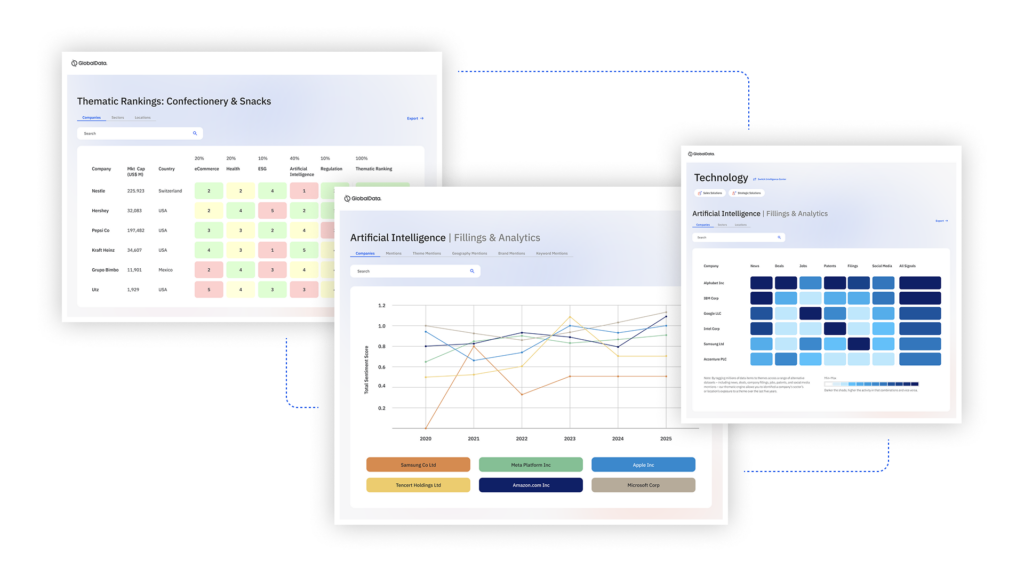
Continental says it has developed a new control tool to aid the transfer of control between driver and vehicle. Located in the centre console of the vehicle, it continuously informs vehicle occupants of the current driving mode using its kinematic function. The device can be operated in a similar way to a joystick and provides variable haptic feedback to the operator.
The Smart Control input device is transparently and intuitively configured to aid the transition from driver to user of automated driving functions. It informs vehicle occupants when automated driving or manual driving is possible and can also be used to control driving manoeuvres.
“The success of automated vehicles will depend on the users’ acceptance and trust of the technology. We intend to achieve this with a holistic human-machine interface that transparently informs users with intuitive interaction concepts and enables them to control driving manoeuvres. With Smart Control, we have developed a new element for the interaction between user and vehicle,” said Jennifer Wahnschaff, head of Instrumentation and Driver HMI at Continental North America.
Cooperative automation
To ensure the safe division of tasks between driver and vehicle in the highly and fully automated driving phases (SAE level 4 and 5), the new input device from Continental performs several key tasks. Located in the centre console of the vehicle, it continuously informs vehicle occupants of the current driving mode using its kinematic function.
During manual driving phases, Smart Control retracts into the centre console so that the driver can use it only as a touchpad. As soon as the vehicle is on a section of road that is fit for automated driving, the device rises from the centre console and the driver can activate the automated driving mode. The device can be operated in a similar way to a joystick and provides variable haptic feedback to the operator.
Smart Control, combined with other cockpit elements such as the digital instrument cluster, clearly informs vehicle occupants about the current driving mode by lighting up in a specific colour. This new development from Continental also significantly contributes to keeping the driver’s attention at an optimal level, especially while the car is in automated driving mode. This is particularly important to ensure a safe transition between the system and the driver.

US Tariffs are shifting - will you react or anticipate?
Don’t let policy changes catch you off guard. Stay proactive with real-time data and expert analysis.
By GlobalData“We call this cooperative automation. The vehicle performs the driving tasks, such as keeping to the correct lane and maintaining a safe follow distance to the surround traffic all without the driver’s involvement. The driver has the option to initiate more complex driving tasks, such as passing manoeuvres on the freeway, which the vehicle then performs automatically,” Wahnschaff said.
The driver can also use the input device to switch between different information displays on the digital instrument cluster – from maximum surrounding visualisation, which displays all road users in the immediate vicinity, to a drastically reduced view that shows only the sections of road ahead. This function goes a long way to help build up trust in automated driving, by providing the right amount of information, transparently, and at all times.
Ergonomic design
When designing the central input element, Continental conducted ergonomic tests to identify the right form and appropriate materials for an ergonomic and high-quality design. Currently, the design’s main focus is on functionality and can be individually modified for specific manufacturers. While haptic feedback is used to confirm driver instructions, the developers also integrated a function, which prevents unintentional operation by recognising whether the driver actually pressed something or simply touched the device accidentally.
The central input element for automated driving is currently being tested in Continental’s Cruising Chauffeur development vehicles and the driving simulator to further evaluate the concept of cooperative automation and optimise the technical features of the device according to user acceptance.



